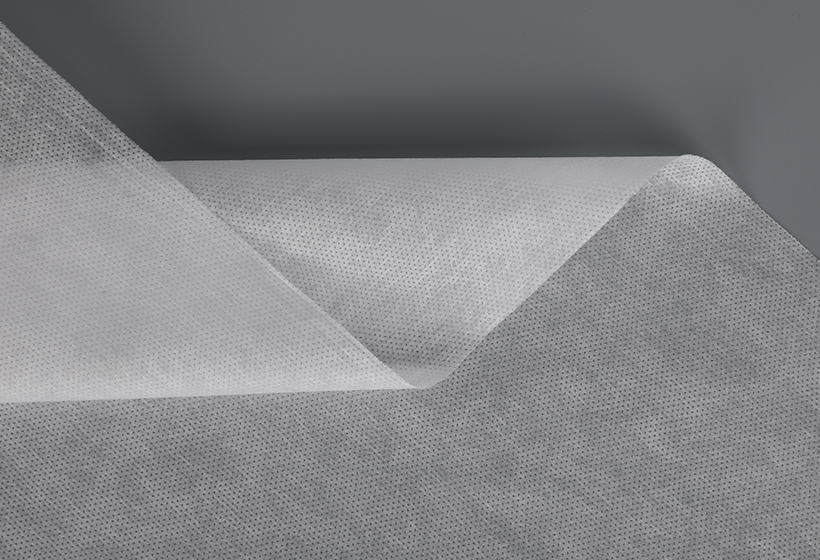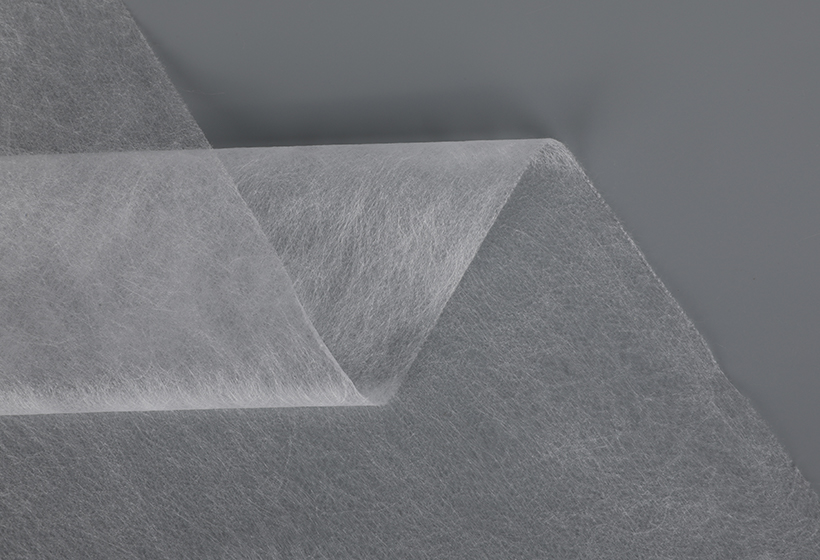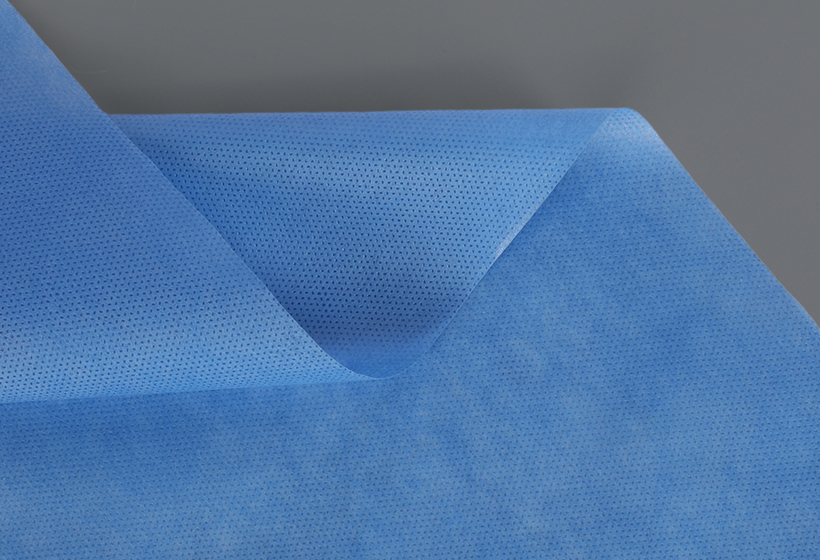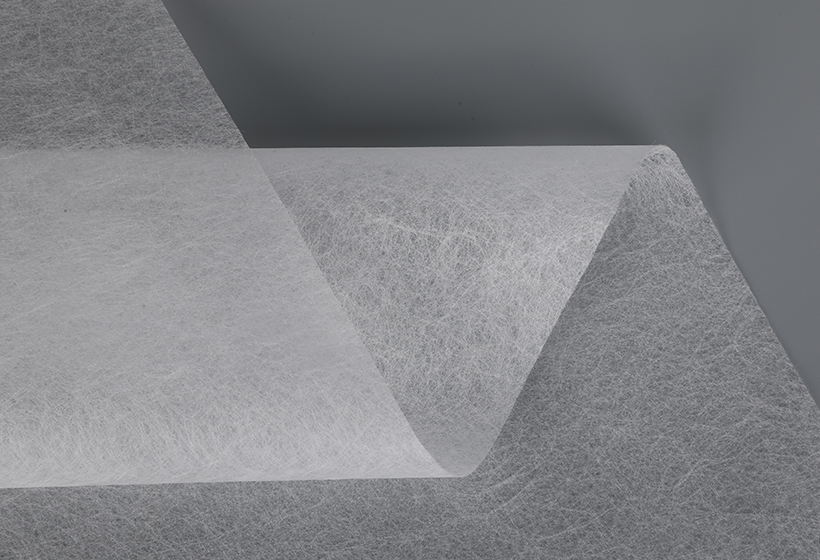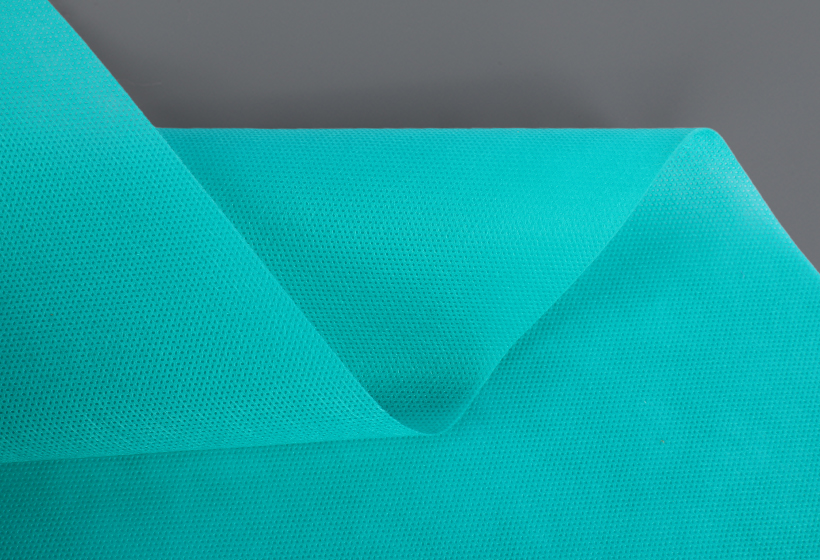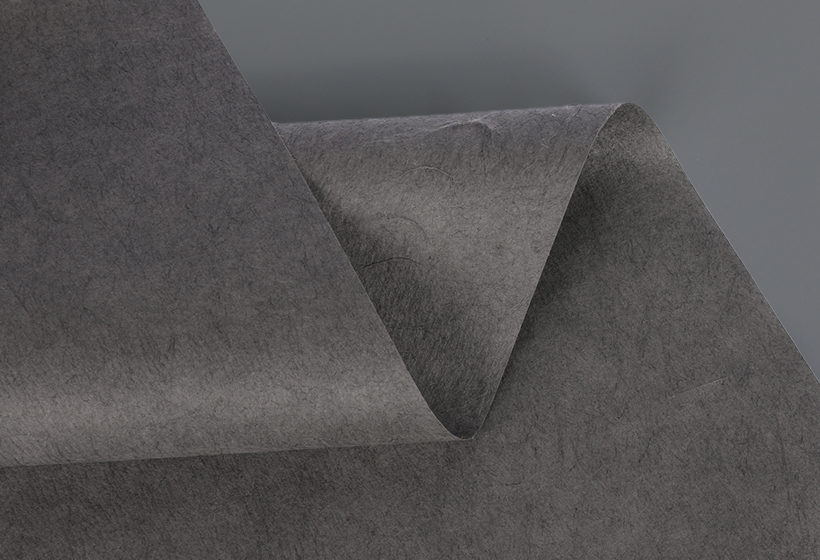SFS Non-Woven Fabric
SFS non-woven fabric is manufactured from polypropylene fibers, providing high breathability and moisture insulation. This fabric can be used in various medical applications including barrier gowns and operating coats. It is resistant to bacteria and binders and provides a protective barrier against liquid penetration. You can choose from different thicknesses, weight compositions, and colors to suit your needs.
Nonwoven fabrics are also environmentally friendly because they are made of long fibers that are recyclable. They are hygienic and comfortable to touch. Their low cost and versatility make them a great choice for several applications. For example, they are often used in filtration media, respirators, and face masks. In addition, they are recyclable and biodegradable. Therefore, they are ideal for the diversified sectors of industry, especially those where disposable products are critical.
A common type of nonwoven fabric is composite. This is usually composed of two layers, which include a supporting layer and a microporous moisture permeation film. The supporting layer consists of polyethylene, while the microporous moisture permeation film is made of polyethylene and calcium carbonate. Together, these layers provide excellent moisture permeation resistance and excellent durability.
Another type of nonwoven fabric is laminated. SFS laminated non-woven fabrics are produced through a unique bonding process. This laminated material has strong tensile strength and exceptional tear resistance. Furthermore, the surface is smooth and soft against the skin. These laminated materials are widely used in protective clothing and roof underlayment.
SFS laminated non-woven fabrics are widely used in the construction, building, and industrial industries. They are also used in protective clothing and industrial safety apparel.
SFS laminated non-woven fabric is made through a unique bonding process that involves the bonding of SFS material to the nonwoven fabric. During this bonding process, the microporous moisture permeation films are bonded to the nonwoven fabric on one side and a soft nonwoven surface is bonded to the other. This laminated material is resistant to chemicals, water, and abrasion. It is highly breathable and completely waterproof. Besides, it is available in a variety of colors and can be treated with anti-static agents.
Another type of nonwoven fabric is antiultraviolet. SFS antiultraviolet fabric can be used in barrier gowns, operating coats, and protective apparel. It is a good choice for medical protective garments because it possesses high tensile strength and ultraviolet ray resistance.
As a result, the strength of SFS antiultraviolet non-woven fabrics is more than that of stitched fabrics. This means they can withstand the pressure of more than 1000 pounds per square inch. Moreover, they are resistant to abrasives and chemicals and can be used in sterile environments.
Finally, SFS laminated non-woven fabrics are a great solution to many medical applications. These fabrics are resistant to chemicals, water, and abrasives, and can be used in a wide range of medical applications. Additionally, they are resistant to sterile environments, heat transfer, and bacteria and viral barriers. Many manufacturers recycle and reuse this kind of non-woven fabric.
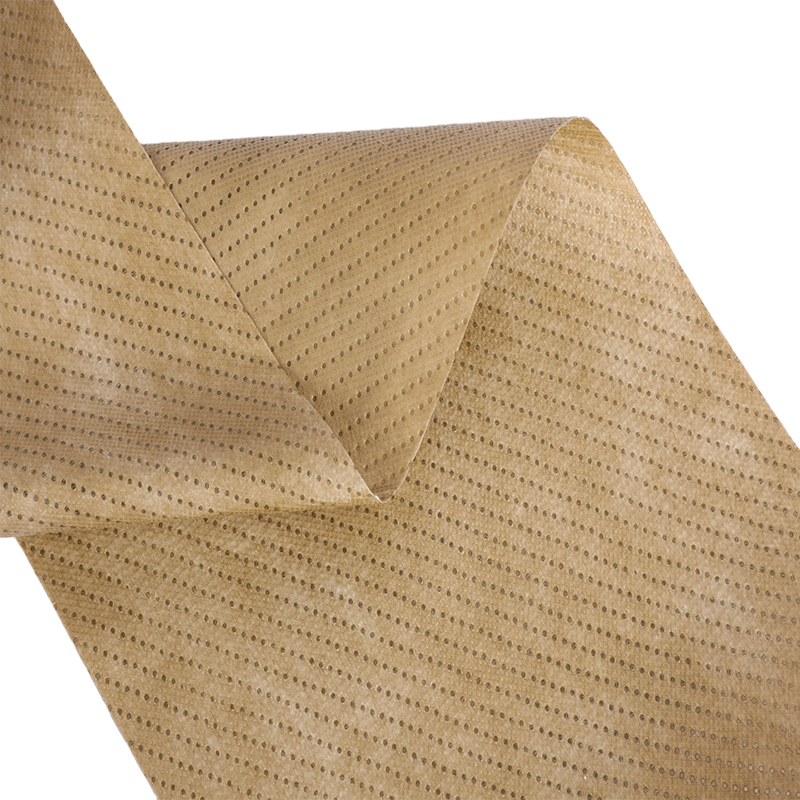 SFS Laminated Non-woven fabric (Breathable Membrane optional)
SFS Laminated Non-woven fabric (Breathable Membrane optional)
SFS laminated non-woven fabrics are used in a variety of applications, such as making disposable products, diapers and sanitary napkins, and protective clothing. The smooth surface of the SFS layer provides a barrier against liquids, while the non-woven surface is soft and comfortable against the skin. They are also used in the automotive and construction industries for making roof underlayment and moisture barriers.


 English
English Español
Español
